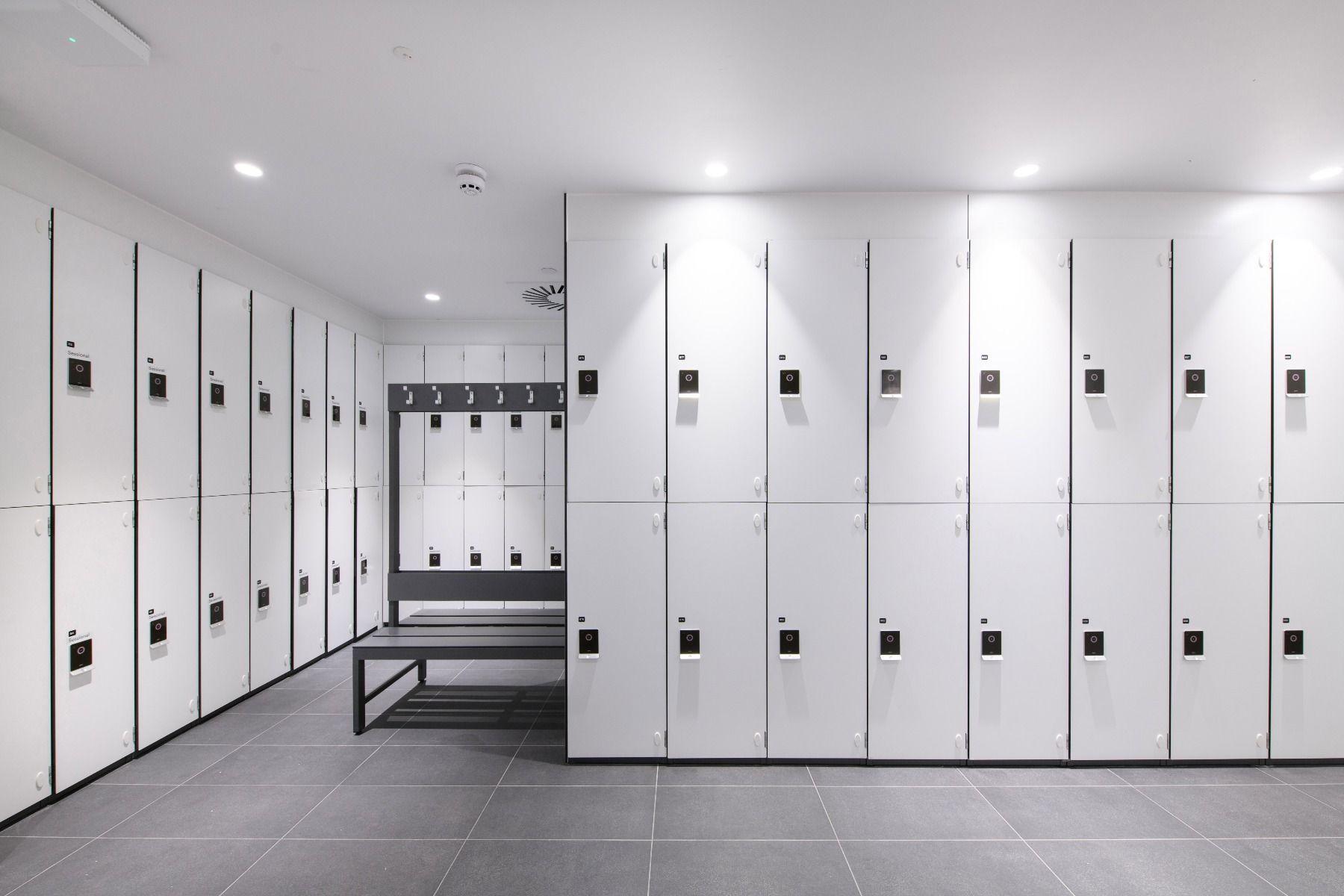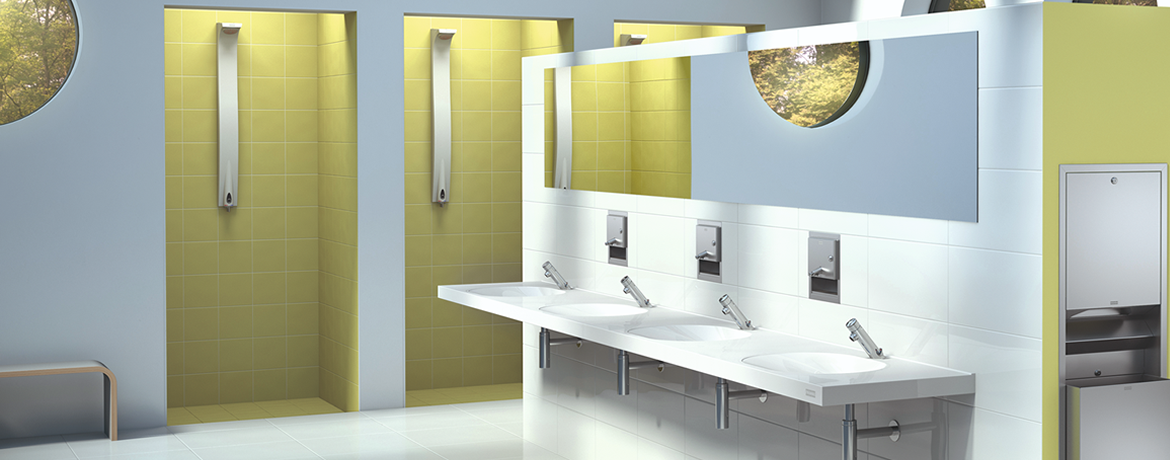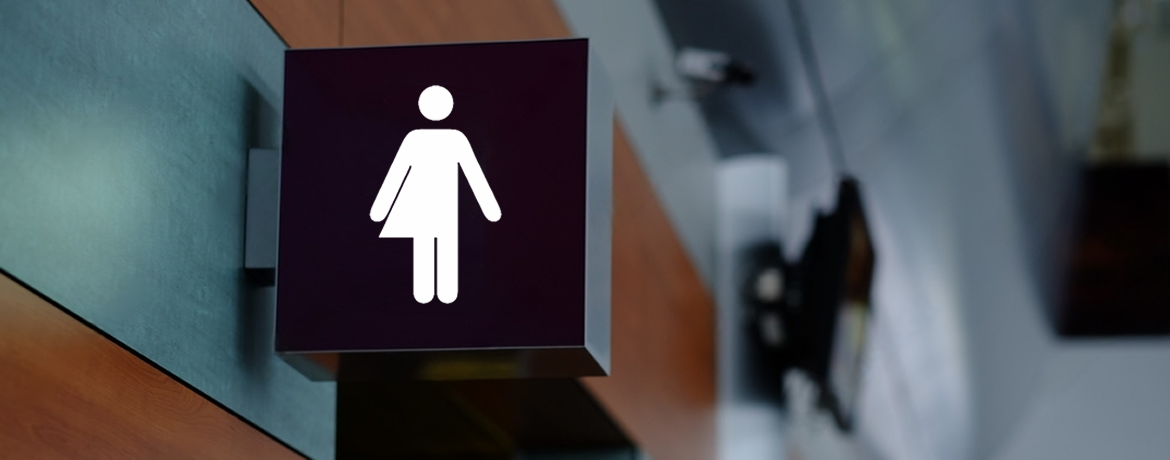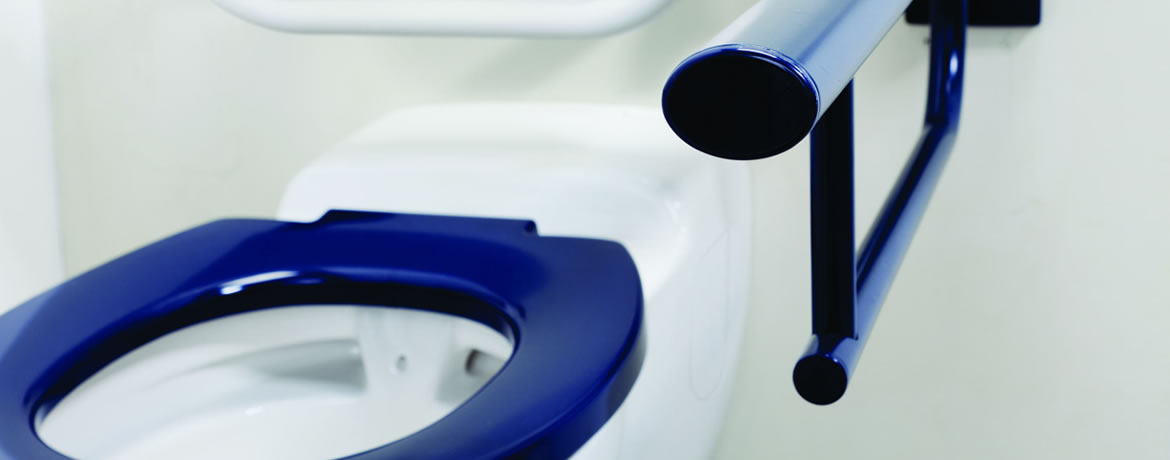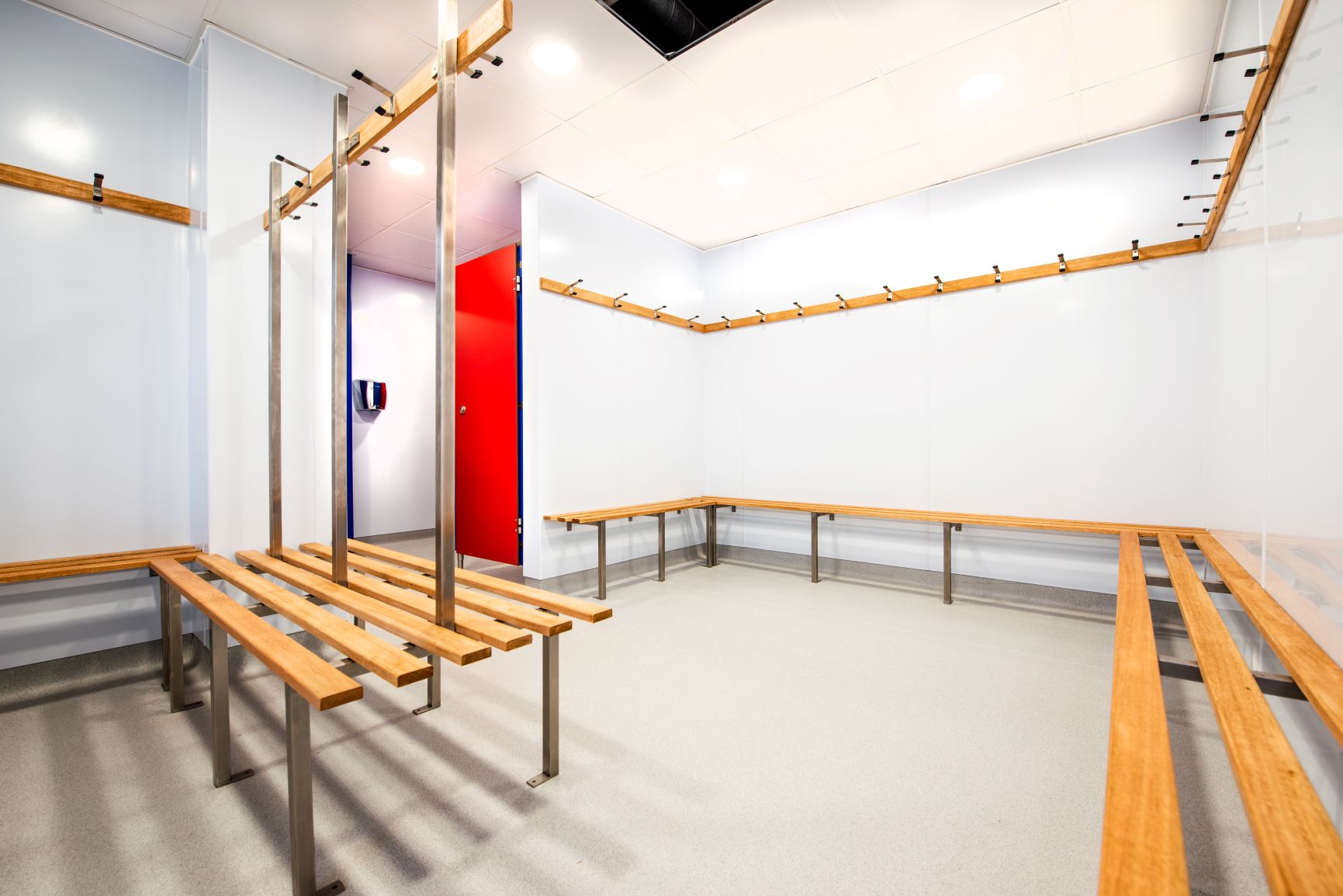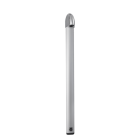Gym Washrooms: A plan for success
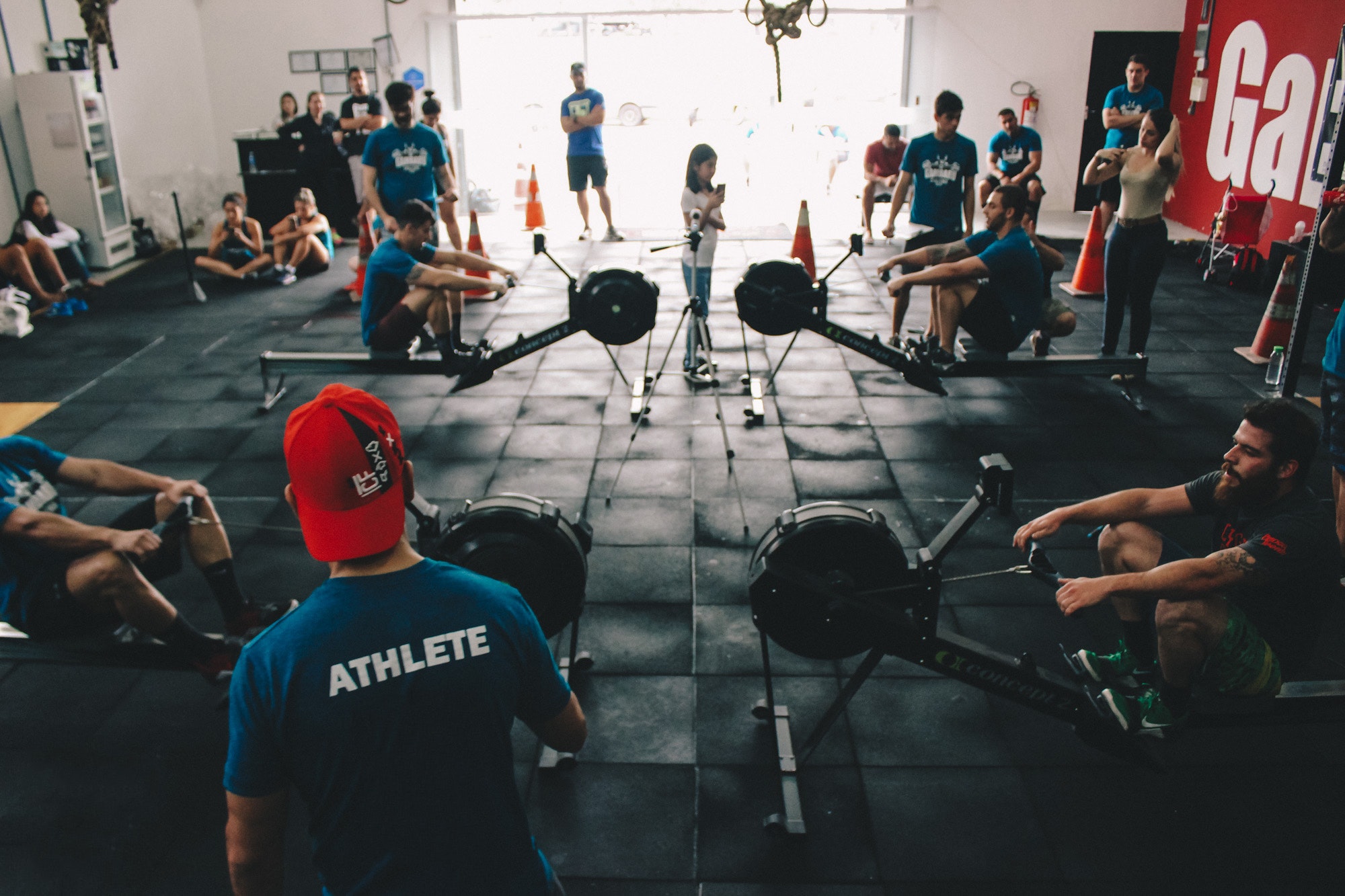
Savvy site managers will no doubt want to ensure that their changing rooms to strike a fine balance between rugged durability and smart modern aesthetics. This is even more important today in health clubs where users come to work-out, but also to unwind and relax in jacuzzis, swimming pools, saunas and steam rooms.
Here we take a look at some of the most important elements to bear in mind when undergoing a renovation.
Choose your lockers wisely
Today lockers are totally essential with users needing a safe place to stow clothes, phone, car keys and wallet. However, you should consider your clientele and know that full height lockers can prove invaluable. This allows members who wear a suit to work the space they need to store their work clothes without getting them creased. In some more exclusive clubs, members may even be allocated their own personal locker, and so belongings such as toiletries and spare clothes may be left in there for long periods of time. In this instance, you might decide to include mirrors and shelving within the locker.
On the other hand, in more high traffic environments, durability and security might be of even more importance than normal. However, this doesn't mean you need to compromise on those clean aesthetics. Our wet area lockers consist of a metal carcass with incredibly durable laminated door panels, which are resistant to scratches, graffiti and moisture, as well as coming in a wide range of custom colours.
The art of using space effectively
There’s no set way of how a gym changing room should be laid out, but a few basic principles need to be adhered to. Perhaps the most important thing to think about when designing your changing room is the thoroughfares. At peak times before and after the working day, your gym will see people entering, exiting and getting dressed in your changing rooms. For this reason, it's imperative that there are no bottlenecks or areas where users can get in each other's way.
A simple method for tackling this is to have one main thoroughfare that flows from the entrance through the changing area, past the hand wash and toilet area and to the door that leads to the gym or swimming facilities. This should be wide enough to accommodate two lanes of human traffic.
Showering is ideally located off of the changing space to prevent users from traipsing wet feet along the thoroughfare. The toilet and hand wash area are best sited as close to the gym as possible while changing space should always incorporate hooks, shelves and benches to place dry clothes during changing.

Temperature control
Regulating temperature in your gym changing room can be tricky. In mid-winter when it’s icy cold in the mornings, users will need a toasty warm changing room to get changed in, which will encourage them to keep attending the gym. However, at peak times when the population of the changing room is high, and at the end of the main gym session, users will appreciate a cooler climate. Putting the heating on a timer is, of course, stating the obvious, but controlling the temperature in your changing rooms should not be overlooked as this can actually have a positive effect on membership retention.
Focus on usability
The flow in which someone uses your gym should be intuitive. After all, these members will be going through your facilities day in, day out. To make things as simple as possible, sensor-activated items are the most popular choice. Now used in everything from washroom lighting and toilet flushers, to taps, showers and hand dryers, sensor activation also significantly improves the hygiene of your site, as well as keeping it cleaner for longer.
Maximising durability
It goes without saying that your floor covering is worth investing in. Whether it’s a steady succession of high heeled shoes or just a regular pair of work boots, your floor is going to see a lot of action on a daily basis. Floor tiles can be sourced that carry terrific anti-slip properties, although they do have a tendency to be cold underfoot, and water often pools in grout lines.
Alternatively, anti-slip safety flooring (the kind found in hospitals) is arguably the most sensible choice and comes in a variety of colours. This rubber-like product not only gives you a completely water-tight floor system but can be found with anti-slip properties that work with both wet feet and wet shoes (which isn't always the case).
Cubicles are another area prone to excessive wear and tear with the most common problem being water ingress into the chipboard core of toilet cubicle doors. Solid Grade Laminate is perhaps one of the most versatile and fully durable materials available and comes in an incredibly huge range of colours. The panels are completely impervious to water and will never swell or weaken from water ingress. This means they can be used throughout your site from toilet cubicles and changing room partitions, to wall cladding and shower enclosures.
Easy clean
Finally, the cleanliness of your site is naturally paramount and anything that can be done to make things easier to clean is a win in anybody’s book. Look for urinals, toilets and washbasins that have concealed waste traps. If pipework is exposed, it can gather dust, dirt and grime, but is also more susceptible to unwanted damage. Sensor activation reduces the spread of dirt and the decision to cover walls and floor surfaces with large format cladding means fewer join lines, which is a stubborn area to sanitise effectively.
By considering your customers’ needs, and understanding the order in which they use your facilities, you’ll be able to create a washroom that meets and exceeds the needs of your gym membership.
If you’d like further advice on refurbishing or building your gym changing and washrooms or to take advantage of our 3D washroom design service, get in touch today on 01202 650900.
MORE TO EXPLORE IN Related Posts

Ultra Changing Cubicles for Wet Environments

One Door Supreme Wet Area Changing Room Locker with Laminate Door
As low as £480.00 £400.00

Three Door Premier Dry Area Changing Room Locker with SGL Laminate Doors
As low as £344.40 £287.00

